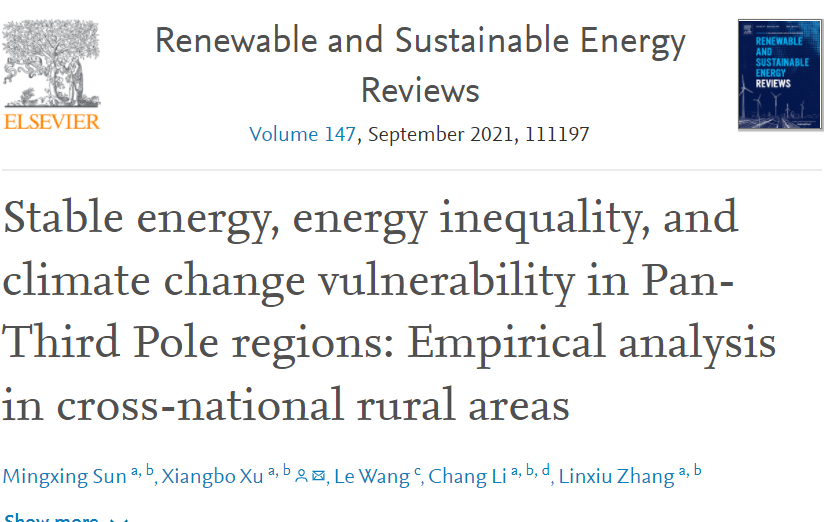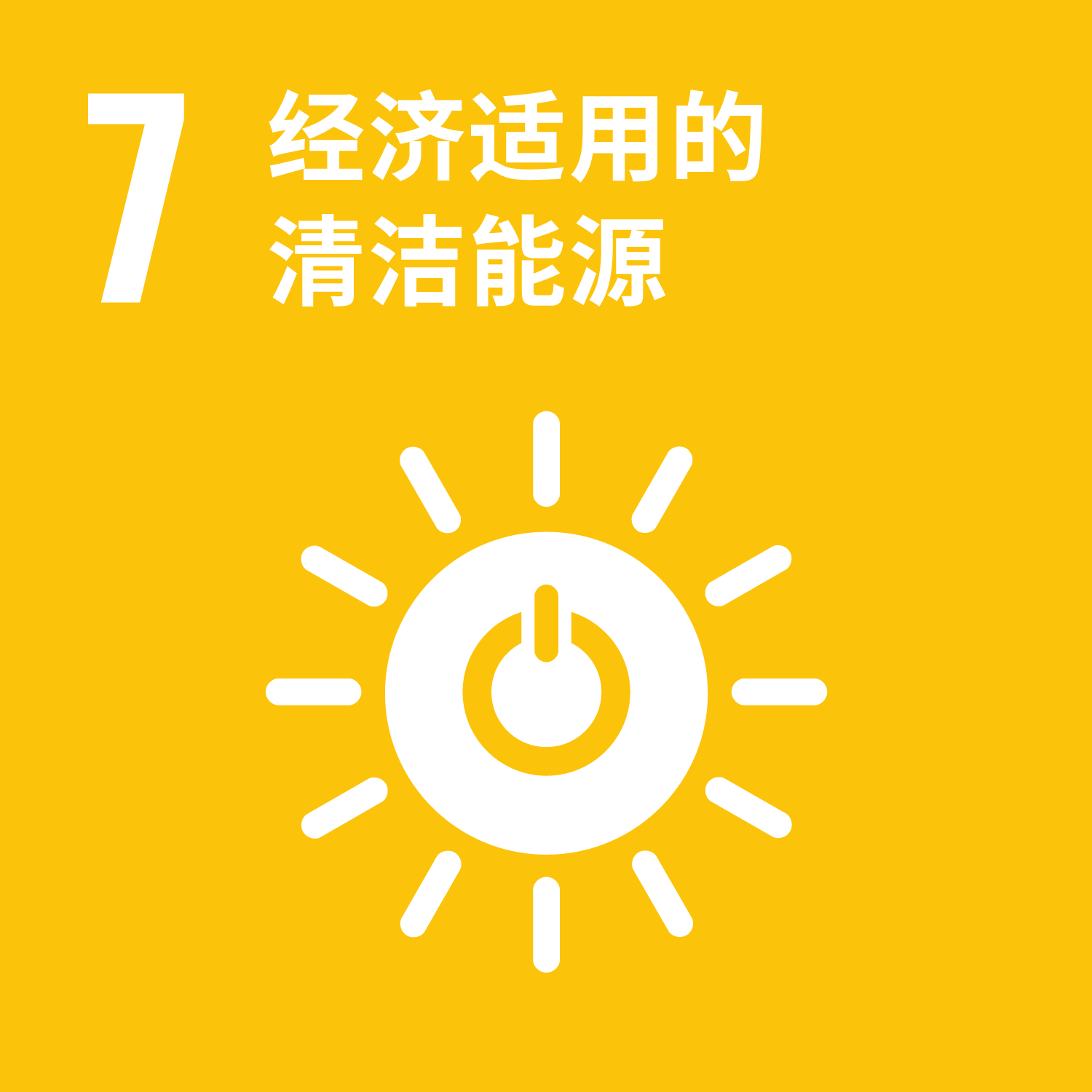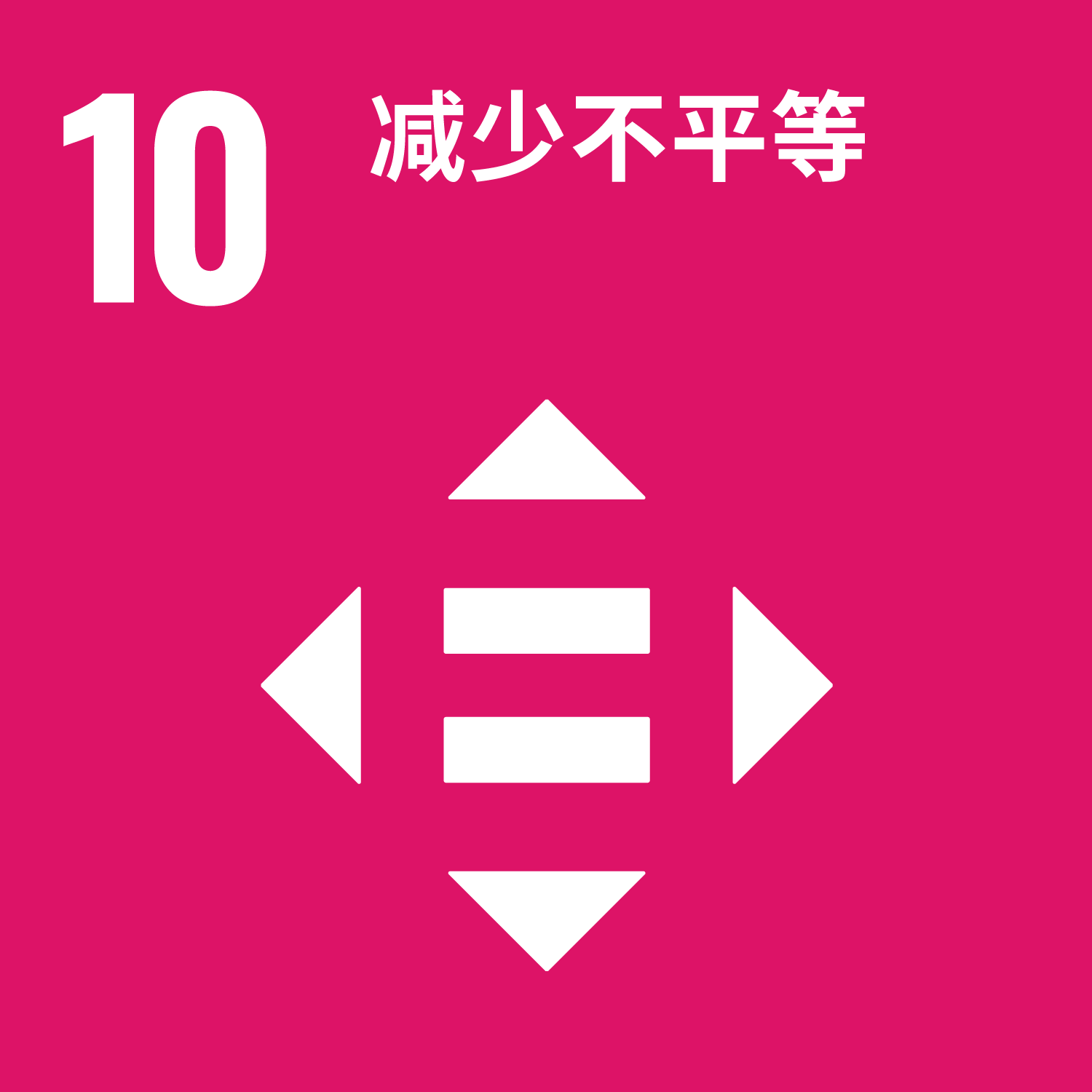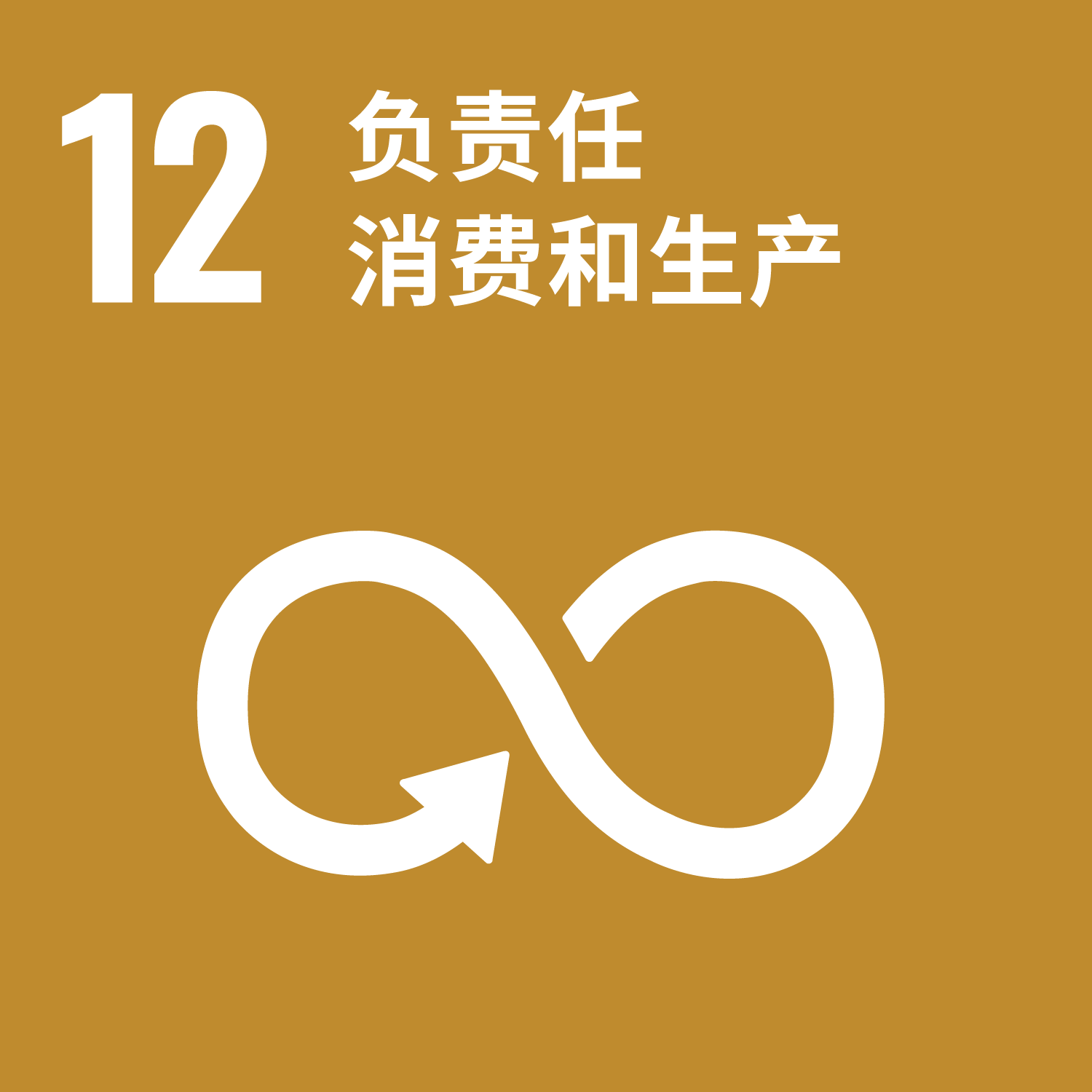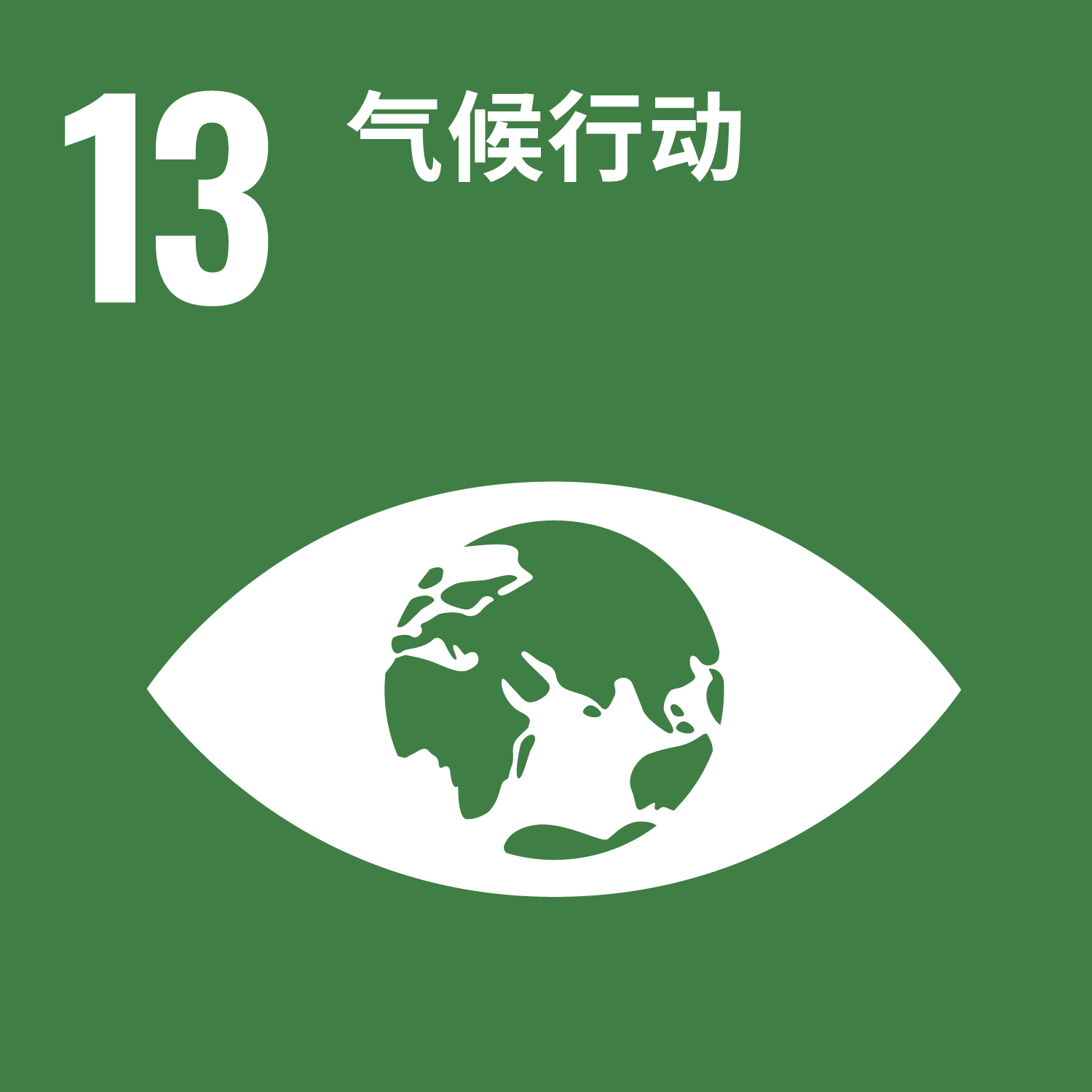Climate change-induced extreme weather and disasters have caused severe productivity and life losses, particularly in economically and ecologically vulnerable areas. Tackling climate change in these areas is a critical issue. Energy stability and equal energy distribution are crucial for improving the ability of households to adapt to climate change. However, there has been little research on factors influencing energy stability and inequality at the micro level in economically and ecologically vulnerable areas. Taking the Pan-Third Pole regions as an example, this study used a cross-national household dataset for 2018, which included information from 1060 households in 37 sample villages distributed in 5 countries, to assess the status of energy stability, inequality, and climate change vulnerability. The results showed that cooking energy use has shifted toward a more stable energy-dependent pattern, although there is still room for improvement. Education level of the household head, non-agricultural level, and income were the significant factors influencing stable energy use and focal points for increasing stable energy use. The inequality level was more severe in economically less-developed regions, and providing commercialized energy access to households is effective in reducing energy inequality. Increasing the education level, extracting labor from agriculture activities, increasing household income, and providing essential energy infrastructures could effectively improve stable energy use and reduce energy inequality, leading to climate change adaptation. The study extends its significance in exploring cross-country climate change adaptation measures from an energy perspective, providing insights for climate change-related research and practice in other vulnerable regions.
Corresponding author: Xiangbo Xu. ydxu.ccap@igsnrr.ac.cn

